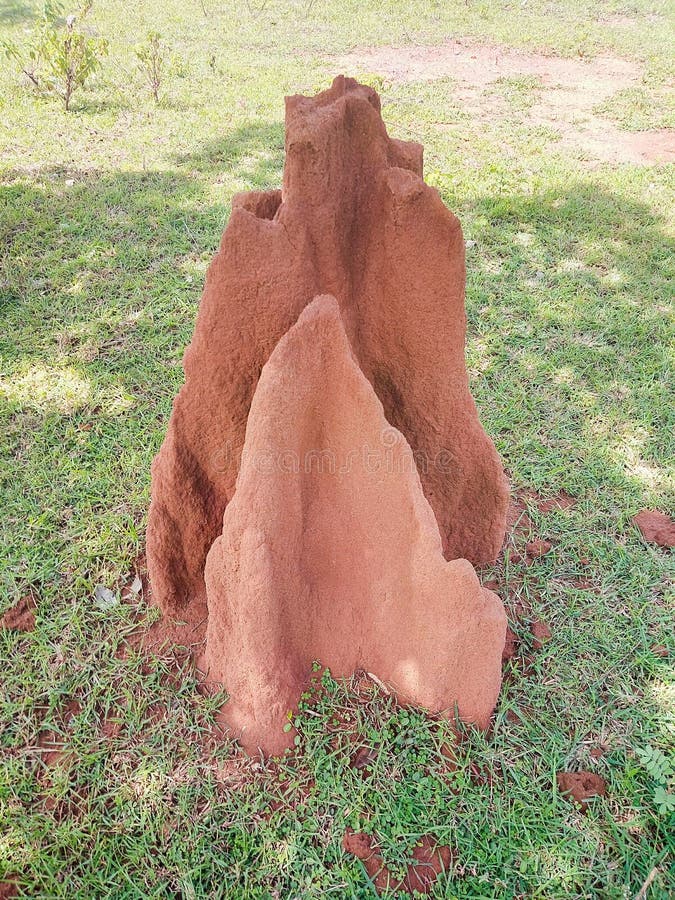Table Of Content

House snakes are prolific breeders and lay clutches averaging eight to 12 eggs that hatch after around two months of incubation. Feed young African house snakes a diet of living or defrosted pinkie mice once or twice a week, although thawed prey reduces the chance of the prey biting or harming the snakes. The snakes will survive for 15 to 20 years in captivity if the enclosure is kept in the right temperature and humidity ranges and the snake is well-cared-for and fed a healthy diet. Buying a snake from a reputable breeder will also ensure a healthier snake with a longer lifespan. Males are rarely longer than 2 to 3 feet, and females grow up to 4 feet or longer. Every four weeks or so, remove the snake carefully from the enclosure and place it in a ventilated tank or container.

Providing appropriate substrate

Always choose a reptile-safe disinfectant and follow the instructions provided. Avoid using products with strong chemical odors as they can be harmful to your snake. It is important to rinse the enclosure thoroughly after disinfection to remove any trace of the disinfectant. If you have any concerns or notice any abnormal behaviors or symptoms in your African house snake, it is important to seek professional veterinary care. Reptile veterinarians have the expertise and knowledge to diagnose and treat various health issues that may arise.
Live vs. frozen/thawed prey
Storing the rodents can also be difficult because you have to put them in a separate cage and actually feed them well enough. And it might not be the most humane act for you to feed and take care of these rodents only to feed them to a snake later on. It is best to feed an adult-sized African House Snake with about 24 to 30 grams of rodents pear meal. However, it still is best to replace the substrate every 4 or so months to make sure that the reptile’s environment is as clean as it can be.
Setting Up Their Habitat
Before attempting to handle your African house snake, it is important to understand its behavior. African house snakes are generally docile and can become accustomed to handling with patience and gentle interaction. However, it is crucial to respect the individual preferences and boundaries of each snake, as some may be more prone to stress or discomfort.
Conclusion: Should You Own House Snakes as Pets?
If you want to maximize the chance of your snake being as large as possible when they’re adults there are a couple of things you can do. Flagstones make beautiful walkways and patios in a yard, but snakes love to lounge on them when warmed by the sun. Large boulders are another type of landscaping rock that attracts snakes. Learn how to keep snakes out of your yard and how to get rid of snakes that wander in. A Rexburg real estate company that was hired to sell the house referred all questions to a Chase spokeswoman in Seattle.
African House Snakes’ habitat
Since they do spring up quite a lot, be very careful opening the top of the enclosure. If you notice redness around the mouth, pus near the mouth or lots of mucus, there’s a pretty good chance that it’s mouth rot. This condition is treatable, so make sure to take your snake to the vet if you’re concerned. Designate one side of the enclosure as the warm side and the other as the cool side. However, you should also create an enclosure that brings peace and joy to your own life. A beautiful environment is something that can benefit both you and your snake.
Pros and Cons of House Snakes
He will work nonstop until he goes on vacation in late November, when snakes go into hibernation. Studies have found that babies’ eyes become unusually wide when they see snakes, suggesting people innately distrust them. People think snakes are going to come after them, follow them, chase them down. Maria Nelson, one of his longtime clients, lives on 25 acres in the hills just north of Thousand Oaks.
Newhouse Statement on the Biden Administration's Plan for the Four Lower Snake River Dams - Dan Newhouse
Newhouse Statement on the Biden Administration's Plan for the Four Lower Snake River Dams.
Posted: Wed, 27 Sep 2023 07:00:00 GMT [source]
Similar Snake Species
The snakes live in close proximity to people so they may gorge on rodents drawn to human garbage. Because they live anywhere where there is a plentiful supply of prey, African house snakes are extremely adaptable to a variety of Thermodynamics and Humidity levels. The African house snake is a common species that is not in danger of extinction. In terms of habitat, the African Brown House Snake is highly adaptable and can be found in a wide range of environments, including grasslands, forests, and even urban areas.
Rattlesnakes have had a busy year. Same for the people who catch them for a living
Arizona woman discovers snake in worst possible place in her home - Fox News
Arizona woman discovers snake in worst possible place in her home.
Posted: Sat, 12 Aug 2023 07:00:00 GMT [source]
African house snakes are highly adaptable to different temperature and humidity ranges because they inhabit any areas where there is abundant prey. The African house snake is abundant in the wild and is not a threatened species. The house snakes of Africa belong to the genus Lamprophis, family Colubridae, with about 14 species. Lineatus of eastern Africa, often found in eaves or under mats; it is blackish and usually less than 90 cm (35 inches) long. Although adults prefer rodents—but also consume bats and other small mammals—the young prey on lizards.
African house snakes are non-venomous and generally have a calm temperament. Juvenile snakes or snakes new to your enclosure may bite because of the unfamiliar territory, but will likely stop biting once they have settled. Rattlesnakes are sensitive to ambient temperature and adjust their behavior accordingly. In warmer weather, you may see one basking in the sun to raise it’s body temperature. Rattlesnakes have a distinct triangular-shaped head and a rattle on the end of their tail. Each time a snake sheds its skin a new “segment” of their rattle is formed.
Rattlesnake courtship and mating occurs once temperatures heat up with the warmer weather (March to May). In some species of rattlesnake, such as the Western diamondback rattlesnake (Crotalus atrox), males may participate in a combat ritual if competing for a female to mate with. Females often nest in old rodent burrows and rock crevices, and give birth to 1 to 25 live young in the Fall. Baby rattlesnakes receive maternal care for 1-2 weeks before dispersing from the nest.
At this point, the snake will be more receptive to getting handled, which will make it easier for you to remove the skin near its eyes so that you can prevent any infection. An adult brown house Snake should thrive well on full-grown domesticated mice or even a rat. In most cases, these snakes should be able to do well on a mouse that is about 30 grams heavy. And because the African House Snake is native to Africa and the Middle East, which can be quite hot, you need to make sure that your snake’s enclosure is pretty warm. The pieces of this substrate are bigger and are great at keeping your snake’s enclosure humid enough for the reptile. When it comes to a good substrate, I recommend Zoo Med Aspen Snake Bedding, which provides the snake with a natural substrate that comes from renewable sources.
An adult African house snake is easy to handle and doesn’t seem to mind being held. Always wash your hands before handling to prevent the snake from mistaking your hand for prey, because the snake — while mostly docile — can bite at times. The African house snake doesn’t require a lavishly designed enclosure; just a few essential accents will do. Use big, flat boulders and tree branches to provide climbing and basking areas on the enclosure’s hot and cold sides. If the temperature is too high, keep an eye on the heat coming from the basking rocks to keep the snake from scorching its belly.

No comments:
Post a Comment